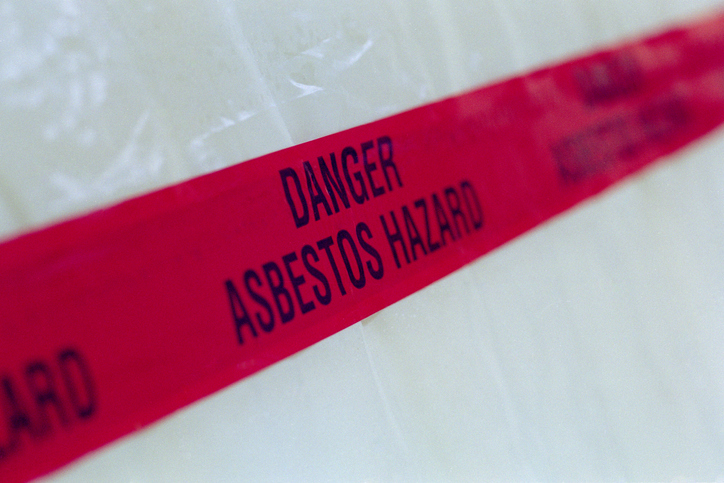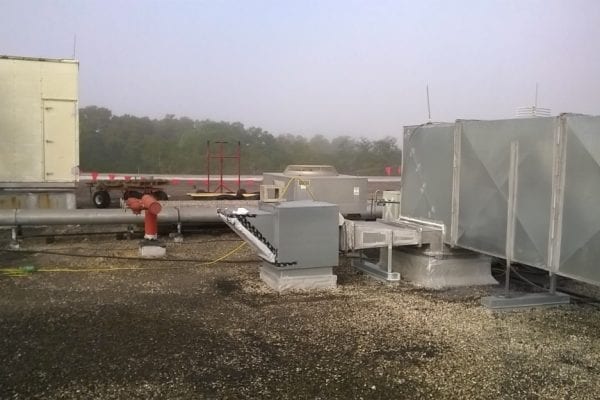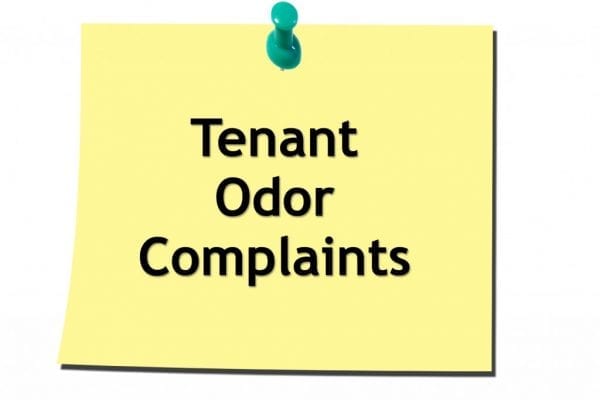It sounds like something out of a horror movie.
An invisible darkness lurks in the air. Every time you take a breath, its essence enters your body and stays there. Slowly, silently, it digs itself deeper, lodging itself with microscopic hooks into the tissue of your lungs.
Every time you breathe, its hold over you grows stronger. You may not notice it at first, but if allowed to remain, this unwelcome guest is likely to kill you.
It sounds like fiction, but it’s not. It’s asbestos, a common component of many modern building materials (yes, still), and it could be lurking in your home or office building, or in the air of any facilities you own or inhabit. If you’re unsure if this danger is lurking in your air, you might want to consider an asbestos air test.
What is Asbestos and Why Is It In My Buildings?
Asbestos is a fibrous silicate mineral that is heat-resistant and commonly found in ceiling tiles, floor tiles, insulation, cement siding, and many other building materials. Although some uses of asbestos are banned in the US, many other uses continue to be legal. In addition, in many countries asbestos is not banned at all.
Asbestos is harmless as long as it remains inside the materials it’s used in. However, when those materials crumble due to age or are disturbed in the course of renovations or demolition, the fibers can enter the air and become a serious health hazard.
When breathed in, asbestos fibers lodge themselves in the lungs. Prolonged and excessive exposure to asbestos in the air can lead to fibrotic lung disease. Even low level exposure to asbestos can cause lung cancer and mesothelioma–all deadly diseases that kill thousands annually.
Should I Have an Asbestos Survey Conducted on My Buildings?
Asbestos testing, also called an asbestos survey, can help ensure that you and the occupants of your buildings remain safe from this silent killer.
The US EPA requires that an asbestos survey be conducted prior to demolition or renovation to determine whether asbestos is present in materials that will be disturbed. We also recommend both an asbestos inspection and air testing in older buildings where asbestos materials may have become damaged due to age, as well as after any asbestos material removal or repair, to ensure no asbestos fibers have entered the air.
What Do I Need to Know to Ensure my Asbestos Air Test is Accurate?
There are two types of asbestos air tests currently available:
- Phase contrast microscopy (PCM)
- Transmission electron microscopy (TEM)
While both are reliable, TEM is more accurate due to the size of fibers it is capable of detecting.
With PCM, we use a pump to draw an air sample through a filter, then we take a slice of the filter and examine it under a microscope for evidence of fibers. The process is quick and inexpensive, and will identify fibers in the air, but may miss the presence of very small fibers. In addition, PCM cannot distinguish between asbestos fibers and other fibers, such as fiberglass. So, you can determine if there are no fibers, but if you identify fibers on the filter you can’t say for certain they are asbestos.
With TEM, we send air samples to a lab where the air sample is bombarded with electrons inside a giant electron microscope. This allows the microscopist to distinguish between asbestos and non-asbestos fibers at a very fine level of detail. It detects the presence of even minuscule fibers, but it is more expensive and takes longer than PCM.
On many asbestos removal projects, PCM is often selected for its speed and cost-effectiveness, while TEM is best when a high degree of confidence in the results is desired. We typically recommend using TEM at the end of an asbestos removal project prior to re-occupancy of the area.
We’ve been performing asbestos surveys and asbestos air testing for more than 30 years. We’d love to help ensure your buildings are safe. Contact us today to discuss your options.






